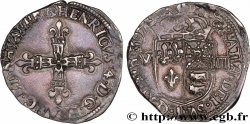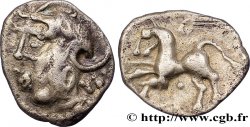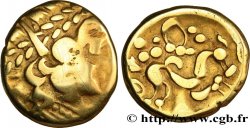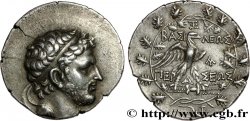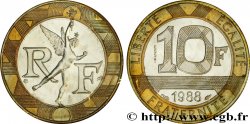Live auction - bry_799307 - HENRY IV Écu d'or au soleil, 2e type 1591 Tours
You must signin and be an approved bidder to bid, LOGIN TO BID. Accounts are subject to approval and the approval process takes place within 48 hours. Do not wait until the day a sale closes to register. Clicking on "BID" constitutes acceptance of the terms of use of cgb.fr private live auctions.
Bids must be placed in whole Euro amounts only. The sale will start closing at the time stated on the item description; any bids received at the site after the closing time will not be executed. Transmission times may vary and bids could be rejected if you wait until the last second. For further information check the Live auction FAQ
All winning bids are subject to a 18% buyer’s fee.
All winning bids are subject to a 18% buyer’s fee.
| Estimate : | 10 000 € |
| Price : | 5 000 € |
| Maximum bid : | 5 807 € |
| End of the sale : | 06 June 2023 17:43:52 |
| bidders : | 1 bidder |
Type : Écu d'or au soleil, 2e type
Date: 1591
Mint name / Town : Tours
Quantity minted : 1841
Metal : gold
Millesimal fineness : 958 ‰
Diameter : 23,5 mm
Orientation dies : 12 h.
Weight : 3,35 g.
Edge : Lisse
Rarity : INÉDIT
Coments on the condition:
Écu d’or frappé sur un flan un peu court, irrégulier et voilé. Monnaie ayant été nettoyée et présentant des hairlines dans les champs. Présence de quelques faiblesses de frappe
Catalogue references :
Obverse
Obverse legend : (SOLEIL) HENRICVS. IIII. D: G. FRANC. ET. NAVA. REX (MM): , (LÉGENDE COMMENÇANT À 12 HEURES).
Obverse description : Écu de France couronné.
Obverse translation : (Henri III, par la grâce de Dieu, roi de France et de Navarre).
Reverse
Reverse legend : (MG) CHRS. VINCIT. CHRS. REGNAT. CHR IMP 1591.
Reverse description : Croix formée de quatre H fleurdelisées, avec un E dans un quadrilobe en cœur.
Reverse translation : (Le Christ vainc, règne et commande).
Commentary
Monnaie de la plus grande rareté avec la croix du revers formée de quatre H fleurdelisées. Aucun exemplaire retrouvé dans le FRANCIÆ IV. D’après nos recherches inédites en archives, ce sont 1841 écus qui ont été délivrés en 1591 à Tours avec 9 exemplaires mis en boîte. Il y eut quatre délivrances du 21 février au 22 octobre 1591. Le registre original des délivrances est conservé (AN, Z1b 1002) et nous donne les détails suivants : 21 février, délivrance de 480 écus d’or, 2 en boîte ; 26 mars, délivrance de 500 écus d’or, 3 en boîte ; 5 septembre, délivrances de 441 écus d’or, 2 en boîte ; 22 octobre, délivrances de 420 écus d’or, 2 en boîte.
A very rare coin with a cross on the reverse made up of four fleur-de-lis Hs. No examples have been found in the FRANCIÆ IV. According to our unpublished archival research, 1,841 écus were issued in 1591 in Tours, with 9 examples boxed. There were four issues from February 21 to October 22, 1591. The original issue register is preserved (AN, Z1b 1002) and gives us the following details: February 21, issue of 480 gold écus, 2 boxed; March 26, issue of 500 gold écus, 3 boxed; September 5, issues of 441 gold écus, 2 boxed; October 22, issues of 420 gold écus, 2 boxed
A very rare coin with a cross on the reverse made up of four fleur-de-lis Hs. No examples have been found in the FRANCIÆ IV. According to our unpublished archival research, 1,841 écus were issued in 1591 in Tours, with 9 examples boxed. There were four issues from February 21 to October 22, 1591. The original issue register is preserved (AN, Z1b 1002) and gives us the following details: February 21, issue of 480 gold écus, 2 boxed; March 26, issue of 500 gold écus, 3 boxed; September 5, issues of 441 gold écus, 2 boxed; October 22, issues of 420 gold écus, 2 boxed







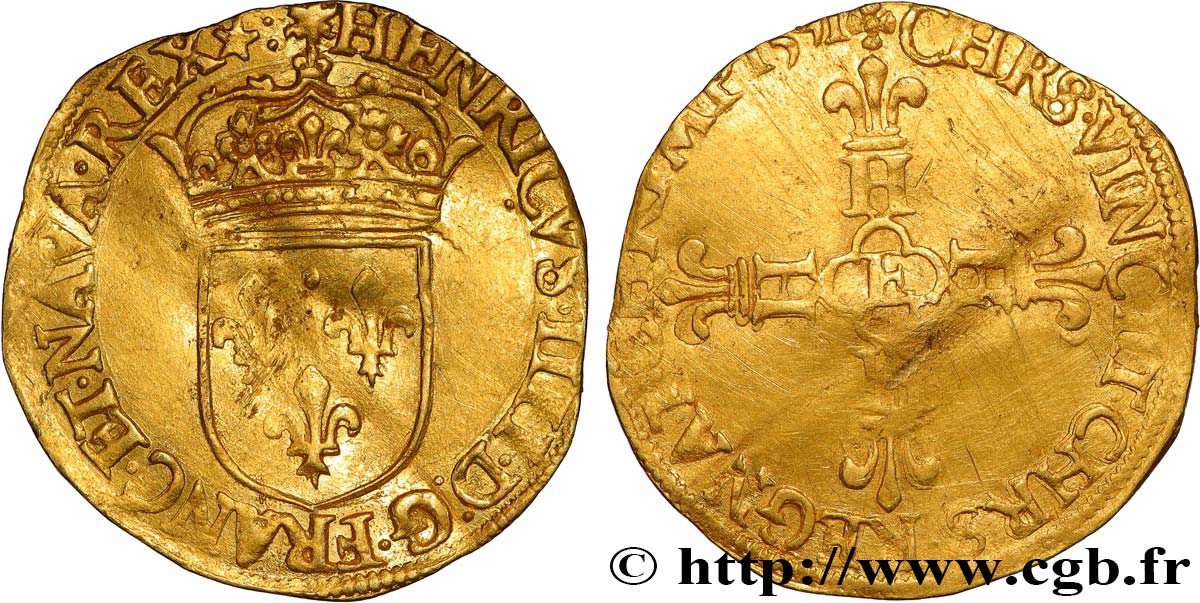
 Report a mistake
Report a mistake Print the page
Print the page Share my selection
Share my selection Ask a question
Ask a question Consign / sell
Consign / sell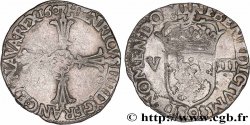
 Full data
Full data
